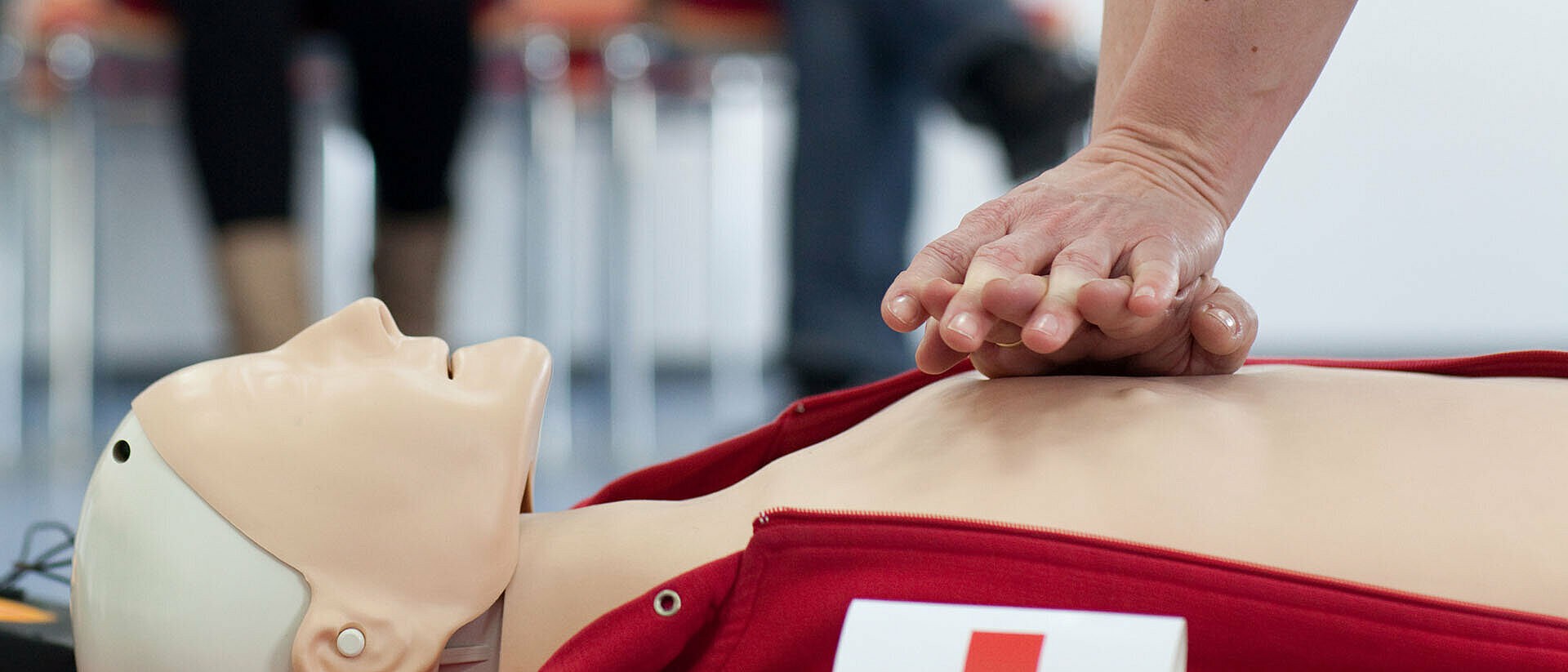Empower Your Workforce: The Critical Role of First Aid and CPR Training
Workplace safety is not just a regulatory requirement; it's a moral obligation. Effective First Aid and CPR training can save lives, reduce injury severity, and create a safer work environment. In this comprehensive guide, we’ll explore why every business should prioritize First Aid training and certification, the benefits for both employers and employees, and key emergency response skills that can make a significant difference.
The Importance of First Aid Training
First Aid training equips employees with the skills to respond effectively in emergencies, making it a vital component of workplace health and safety protocols. Here are several reasons why First Aid training is essential:
- Immediate Response: In emergencies, every second counts. Trained employees can provide immediate care, stabilizing the injured until professional medical help arrives.
- Risk Reduction: Knowledge of First Aid enables prevention strategies, reducing the likelihood of workplace accidents and injuries.
- Employee Confidence: Training instills confidence in your workforce, empowering them to act decisively in emergencies.
- Compliance with Legal Requirements: Many jurisdictions mandate specific workplace First Aid requirements. Compliance can help avoid legal repercussions and maintain a positive organizational reputation.
Benefits of First Aid Certification
Achieving a First Aid Certification offers numerous advantages for both employers and employees:
- Enhanced Safety Culture: A commitment to training demonstrates a company's dedication to employee safety, fostering a culture of care.
- Increased Productivity: Reducing workplace injuries can decrease downtime and associated costs, leading to more efficient operations.
- Reputation Management: Businesses that prioritize safety enjoy better public perception and may attract more clients and top talent.
Critical CPR Techniques Every Workplace Should Implement
Cardiopulmonary resuscitation (CPR) is a vital skill that can save lives during cardiac emergencies. Key techniques include:
- Hands-Only CPR: Research shows that uninterrupted chest compressions can significantly improve survival rates in adults. Employees should be trained to push hard and fast in the center of the chest.
- Using an AED: Automated External Defibrillators (AEDs) are crucial in cardiac arrest situations. Staff should be trained on how to use these devices effectively.
- Recognizing Signs of Distress: Training should include identifying symptoms of heart attack and stroke so employees can act swiftly.
Navigating Workplace Health and Safety Regulations
Understanding and complying with first aid compliance regulations is essential for any business:
- Regulatory Compliance: Various health and safety regulations mandate First Aid training, especially in high-risk industries.
- Tailored Training Programs: Training should fit the specific needs and risks associated with your workplace environment.
- Documentation: Maintain records of training sessions and certifications to demonstrate compliance during audits.
Immediate Response: Essential Emergency First Aid Procedures
Employees should be familiar with basic emergency procedures, including:
- Choking Response: Knowing how to assist someone who is choking can be life-saving.
- Wound Care: Understanding how to properly clean and dress wounds can prevent infections and complications.
- Burn Treatment: Training on how to handle different degrees of burns is crucial for immediate care.
Selecting the Ideal First Aid Training for Your Workplace
When choosing a First Aid Course, consider:
- Course Content: Ensure the curriculum includes both First Aid and CPR, tailored to your industry.
- Delivery Method: Decide between in-person, online, or hybrid training formats based on your team's needs.
- Instructor Qualifications: Verify that trainers are certified professionals with real-world experience.
Comparing Online and In-Person First Aid Training Options
Both online and in-person training have their benefits:
- Online First Aid Courses: Flexible and convenient, allowing employees to learn at their own pace.
- In-Person Training: Provides hands-on experience and immediate feedback from instructors.
Conclusion
Investing in comprehensive First Aid & CPR training not only protects your employees but also enhances your overall organizational culture. Empower your workforce with essential emergency medical response skills and create a safer workplace.
Take Action Today: Enroll your team in a certified First Aid and CPR Training Course to ensure they are prepared for any emergency.
For more information, contact us at [email protected].



 349,500 Offered Certificates
349,500 Offered Certificates
 24/7 Online Training
24/7 Online Training
 Money Back Guarantee
Money Back Guarantee
 Fully Accredited Courses
Fully Accredited Courses
